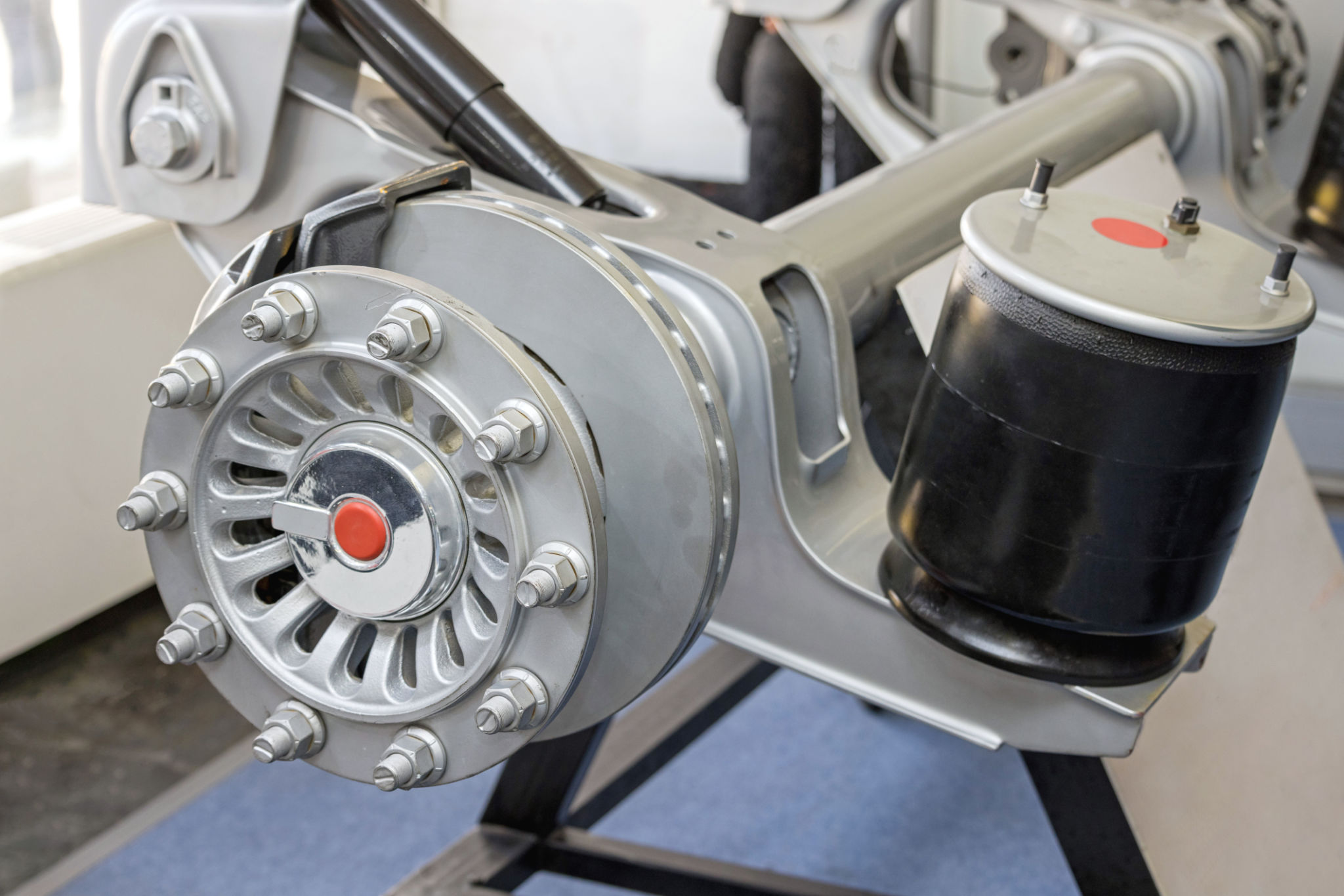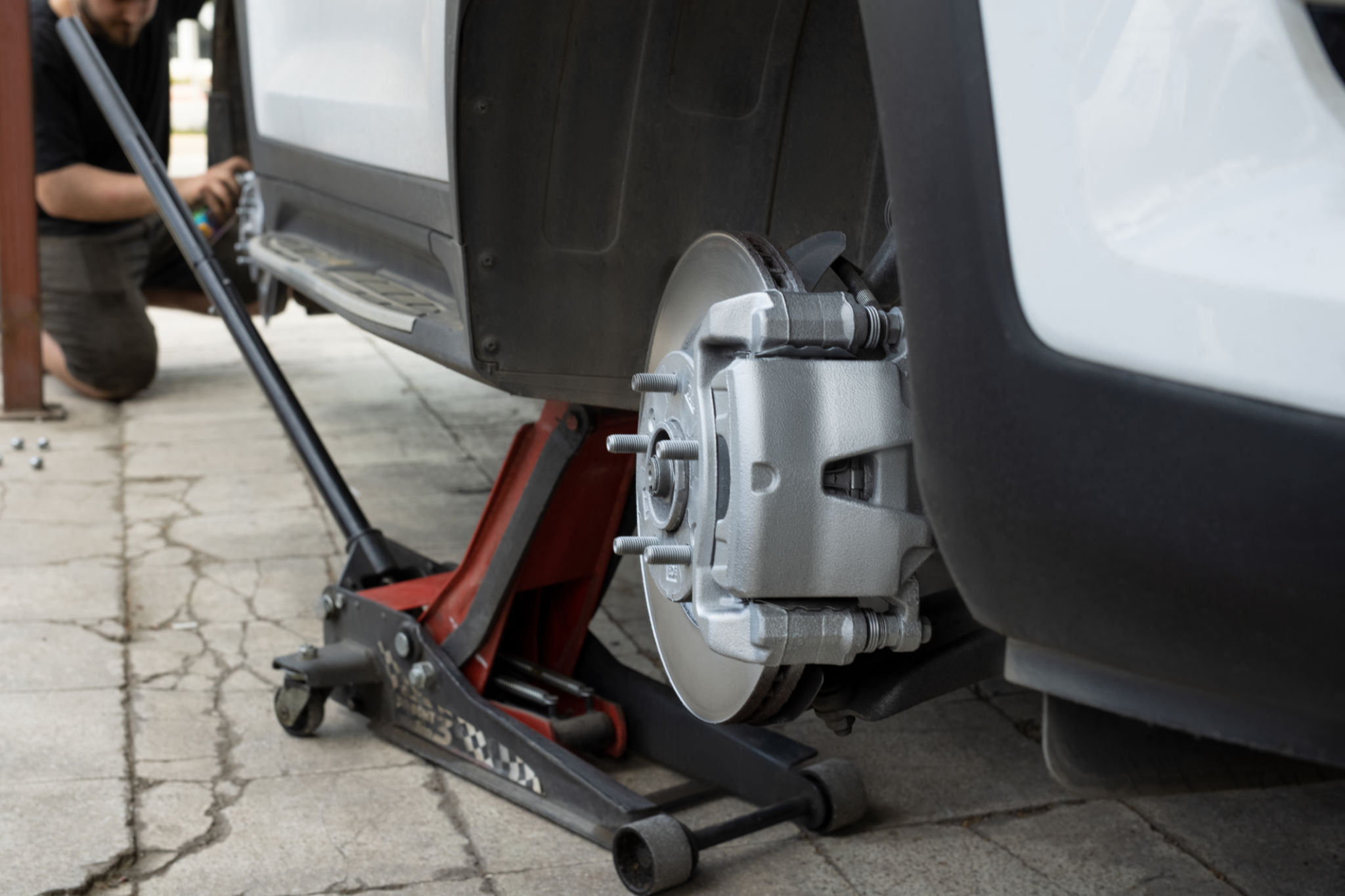How to Install a Truck Lift Kit: A Step-by-Step DIY Guide
Understanding Truck Lift Kits
Installing a truck lift kit can transform your vehicle's appearance and performance, giving it higher ground clearance and a more aggressive stance. Before diving into the installation process, it's essential to understand the different types of lift kits available. There are two primary types: suspension lift kits and body lift kits. Suspension lift kits raise the truck's frame above its axles, while body lift kits elevate the body from the frame. Your choice depends on your desired height increase and intended use.
Before you begin, ensure you have all the necessary tools and parts. A typical installation requires a jack and jack stands, wrenches, screwdrivers, and possibly a spring compressor, depending on the kit. Ensure you also have a reliable lift kit specific to your truck model.

Preparation and Safety Measures
Safety is paramount when working on your truck. Start by parking on a level surface and engaging the parking brake. Use wheel chocks to prevent any movement. It’s recommended to have a friend assist you during the process, as some components can be heavy or cumbersome to handle alone.
Before lifting the truck, disconnect the battery to prevent any electrical issues. Then, loosen the lug nuts on the wheels without removing them completely. This step will make it easier to remove the wheels once the truck is lifted.

Removing Existing Components
With the truck securely lifted using a jack and supported by jack stands, remove the wheels entirely. The next step involves removing components like the shocks and U-bolts connecting the axle to the leaf springs in case of a suspension lift. Keep track of all nuts and bolts, as you'll need them later during reassembly.
If you're installing a body lift kit, you'll need to loosen and remove the bolts connecting the body to the frame. Carefully follow the instructions provided with your lift kit, as each model may have specific requirements.
Installing the Lift Kit
Begin installing the new components as per your lift kit instructions. For suspension lifts, this usually involves attaching new shocks, springs, and possibly control arms. A body lift will require placing spacers between the body and frame before securing them with new bolts.

As you install each component, double-check all connections to ensure they are secure. This step is crucial for maintaining safety and performance. Pay attention to any wiring or hoses that may need to be adjusted due to the increased height.
Reassembling and Finishing Touches
Once all components are installed, it's time to reattach the wheels and lower the truck carefully. Tighten the lug nuts in a crisscross pattern to ensure even pressure distribution. Reconnect the battery and check for any warning lights or unusual noises during a short test drive.
Consider getting a professional wheel alignment after installing a lift kit. A proper alignment ensures your truck handles correctly and prevents uneven tire wear. It's an investment in both safety and longevity for your vehicle.

Final Considerations
Installing a truck lift kit can be rewarding, offering both aesthetic and functional benefits. However, it requires patience, attention to detail, and a commitment to safety. If at any point you feel uncertain about your abilities, don't hesitate to seek professional assistance.
Remember that modifying your vehicle may impact its warranty or insurance coverage. It's wise to consult with your insurer about any changes made to ensure you're adequately covered.
